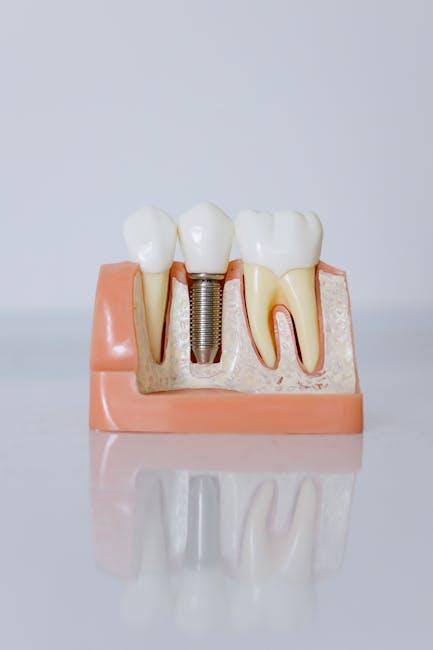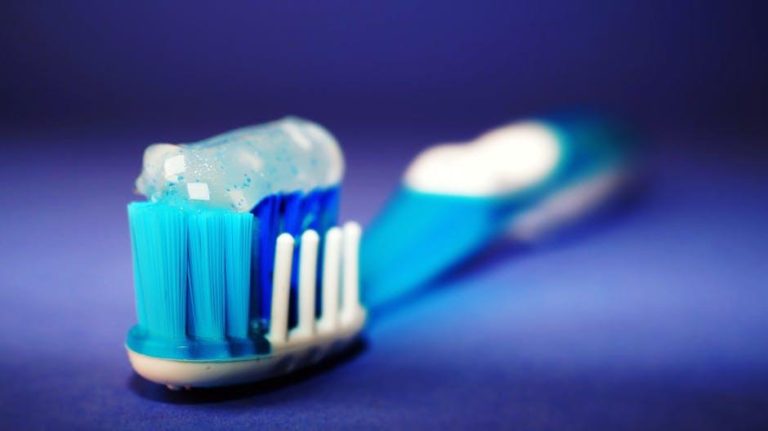
America’s Well-Being Depends on Oral Health – The Washington Post
Uncover the vital connection between oral health and America’s overall wellness, with proven strategies and insights to keep smiles—and the nation—healthy.
Introduction: Why Oral Health is More Than Just a Smile
When most people think of oral health, they picture a bright smile and fresh breath. But the reality is far more complex and impactful. America’s well-being depends heavily on oral health in ways many might not realize. According to extensive research—including reports from The Washington Post—poor oral health is linked to chronic diseases, mental health issues, and even economic disparities. In this article, we will dive deep into how oral health drives the overall health of individuals and communities across the United States.
The Critical Link Between Oral Health and Overall Wellness
Emerging studies confirm that oral health affects more than just your mouth. The Washington Post highlights these crucial connections:
- Cardiovascular Disease: Gum inflammation can contribute to heart disease and stroke by increasing harmful bacteria in the bloodstream.
- Diabetes Management: Poor oral health complicates blood sugar control, while uncontrolled diabetes often leads to gum disease.
- Respiratory Conditions: Oral bacteria can be inhaled into the lungs, worsening conditions like pneumonia, especially in vulnerable populations.
- Pregnancy Outcomes: Gum disease is linked to premature birth and low birth weight.
- Mental Health Impact: Chronic pain and embarrassment from poor oral health increase risks for anxiety and depression.
The health of our mouths inevitably shapes our physical and emotional well-being—a truth that public health policies and healthcare providers must urgently embrace.
Oral Health Disparities and Their National Impact
Access to quality dental care remains uneven across the country, disproportionately affecting low-income communities, racial minorities, and rural residents. The Washington Post emphasizes:
“Oral health disparities are a silent crisis, undermining America’s health equity goals and burdening healthcare systems with preventable complications.”
To better illustrate, consider this table summarizing disparities in oral health care access:
| Demographic Group | Percentage Without Dental Coverage | Reported Oral Health Issues (%) |
|---|---|---|
| Low-income households | 40% | 35% |
| Rural residents | 30% | 28% |
| Minority populations | 38% | 32% |
| General population | 14% | 15% |
Reducing these disparities requires nationwide efforts involving public health education, improved insurance policies, and increased availability of affordable dental services.
Benefits of Maintaining Good Oral Health
Investing in consistent oral hygiene yields a variety of benefits:
- Lower Risk of Chronic Diseases: Healthy gums mean fewer systemic infections and complications.
- Improved Quality of Life: Less pain, better nutrition, and elevated self-esteem.
- Economic Savings: Preventive dental care reduces costly emergency interventions and hospital visits.
- Better Mental Wellness: Reducing anxiety linked to oral pain or appearance concerns.
- Enhanced Social and Professional Life: Clean, healthy teeth boost confidence and interactions.
Practical Tips to Enhance America’s Oral Health
Taking proactive steps in oral hygiene is simple yet powerful. Here are expert-approved tips for individuals and communities:
Individual Practices
- Brush teeth twice daily with fluoride toothpaste.
- Floss daily to remove plaque between teeth.
- Limit sugary and acidic foods and drinks.
- Visit a dentist regularly for check-ups and cleanings.
- Quit smoking and avoid tobacco use.
- Stay hydrated with water to maintain saliva flow.
Community and Policy Initiatives
- Expand dental coverage in Medicaid and Medicare programs.
- Implement school-based oral health education and services.
- Increase funding for mobile dental clinics in rural areas.
- Promote public awareness campaigns emphasizing oral-systemic health links.
- Support research on oral health innovations and disparities.
Case Study: A Community’s Success in Improving Oral Health
Silver Springs County implemented a comprehensive oral health initiative focusing on education, mobile clinics, and affordable care access. Over five years:
- Cavity rates among children decreased by 28%.
- Adult dental visits increased by 40%.
- Hospital admissions related to dental emergencies dropped by 22%.
- Community satisfaction with dental services rose significantly.
This example shows how community-based programs can make tangible improvements in oral health and overall public well-being.
Firsthand Perspective: The Impact of Oral Health on Everyday Life
Meet Sarah, a mother of two from Ohio, who experienced firsthand how oral health can dictate quality of life. Struggling with untreated gum disease, Sarah faced chronic pain and missed workdays due to dental infections. After enrolling in a state-supported dental program, she regained control of her health:
“Getting help with my oral care changed everything—not just my teeth, but my energy and confidence. I’m able to care for my family better and feel healthier every day.”
Her story underscores the personal and societal value of accessible oral health resources.
Conclusion: Prioritizing Oral Health for America’s Future
America’s well-being is undeniably linked to the state of oral health across its population. As The Washington Post and multiple health experts have made clear, neglecting oral care risks far-reaching consequences, from worsening chronic diseases to deepening social inequalities. By embracing education, enhancing access, and investing in preventive care, the nation can uplift its overall health and productivity.
Whether you are an individual, educator, policymaker, or healthcare provider, understanding and acting on the importance of oral health is imperative. Together, we can create a future where every American’s smile—and health—thrives.


